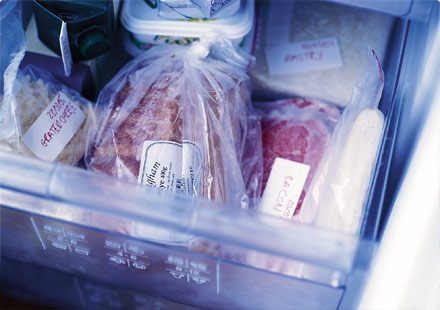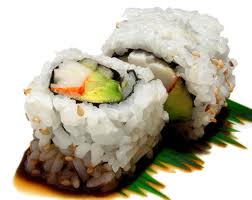I just read a disturbing report titled “5 Reasons To Never Eat Shrimp Again” From Prevention Mag’s blog.
Shrimping has changed
Mostly gone are the days of Bubba Gump’s shimp boats with nets. Now, picture huge nets in the ocean supported by colorful plastic boxes, or even more commonly, dozens of rice paddy like ponds filled with shrimp. Easy catch, easily processed by hundreds of underpaid, government subsidized workers.
This process is known as shrimp farming. Farming shrimp began in the 1970 and has grown rapidly mostly in Asian countries such as Thailand. Here in lies the problem. The majority of shrimp purchased in the US has been imported from these overseas farms. Because the shrimp are “farmed” in foreign countries, the US has little or no control over the conditions the shrimp are raised in and ultimately the quality and safety of the shrimp.
Chemicals
In order to increase the profitability of the farms, shrimp are packed into shallow ponds while ingesting their own waste materials. Complete “crops” of shrimp can be lost to disease or parasites. To prevent these expensive loses farmers dose the ponds with high levels of antibiotics and pesticides. These chemicals, many times, are ones currently banned for use in the United States. If you are counting on the FDA to protect you, think again. According to a 2011 report, only 1% of imported seafood is tested for these chemicals.
Feed Lots
Do these methods of growing protein sound familiar? They do to me. It is exactly like cattle fed lots and fowl houses. Animals are packed into small areas where they graze, walk and even feed on their own waste. When conditions cause disease, no problem, just dose them with antibiotics and when the feces attract flies, tics, fleas, lice, mites and other disease carrying pests, again, no problem, just spray them all with pesticides.
Global Warming
You may wonder, as I did, how shrimp farming can contribute to global warming. It seems that since the 1970’s shrimp farming has proven so profitable that the major farming countries, Thailand, Ecuador, Indonesia, China, Mexico and Vietnam have been cutting down their mangrove forests to make room for more ponds. Mangrove forests absorb more carbon dioxide than any other ecosystem in the world, including the rain forests. Not only that, but mangroves are breeding grounds for all types of sea creatures and their extensive root system prevents erosion during storms.
The Wild-caught Alternative
So, I will just eat wild-caught shrimp, just as I only eat wild-caught salmon. Not so fast. Wild-caught shrimping is extremely wasteful. For every pound of shrimp caught, there can be as much as 5 pounds of by-catch, which are other species caught in the nets. Much is written about the endangered turtles being killed by these nets so I won’t go on. Looks like I will be giving up shrimp all together. Crayfish are almost the same thing and can be farmed in the US. Crayfish are bottom feeders and live in fresh water.
We Need To Stop Eating Sea Food
My job is to point out to you the problems I find. Your job is to prove me right or wrong or ask me enough questions to more deeply explore the problem. I have pointed out that the problem is little or no regulation on imported sea food of all kinds to this country. I’m telling you to stop eating all imported and wild caught sea food. Your turn. – jughandle
Do your own research, prove me wrong, please prove me wrong, because I’m seeing this as a serious problem!













